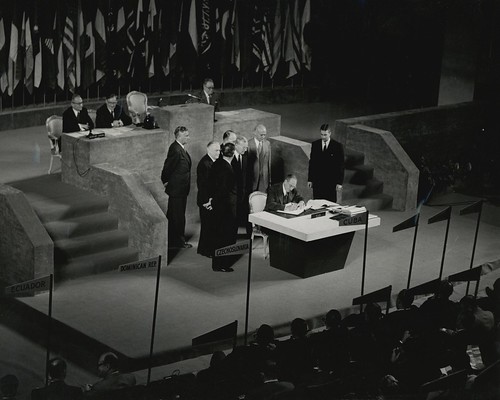
NEW YORK – Japanese Prime Minister Shinzo Abe’s current visit to the United States [visit of February 21-24 2013, the editors] provides an ideal opportunity to reinvigorate the long-standing US-Japan bilateral alliance in the face of an increasingly aggressive China and persistent tensions on the Korean Peninsula.
For a half-century, the US-Japan alliance has been a cornerstone of Asian and global peace, security, and stability – and Japan has been an outstanding global citizen. Japan developed the economic-growth model that other Asian countries later emulated so successfully; actively contributed to global economic development; participated in the United Nations and other multilateral institutions (including paying a disproportionately high percentage of UN costs); and has helped to set a global standard for environmental protection and sustainable development.
